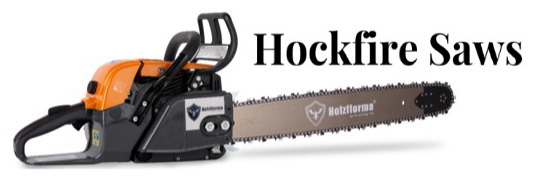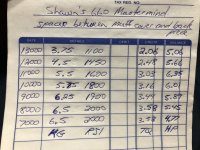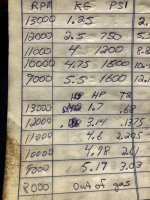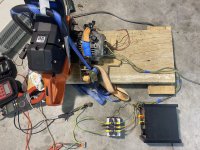Dieselshawn
Pinnacle OPE Member
- Local time
- 1:21 PM
- User ID
- 804
- Joined
- Feb 6, 2016
- Messages
- 541
- Reaction score
- 3,001
- Location
- Southern Ontario, canada
I’ll have to make a tripod or see if I can get one somewhere.
I need a tripod anyways as I like taking pictures and videos.
I did not expect my phone to have wavy motion videos.
I need a tripod anyways as I like taking pictures and videos.
I did not expect my phone to have wavy motion videos.









